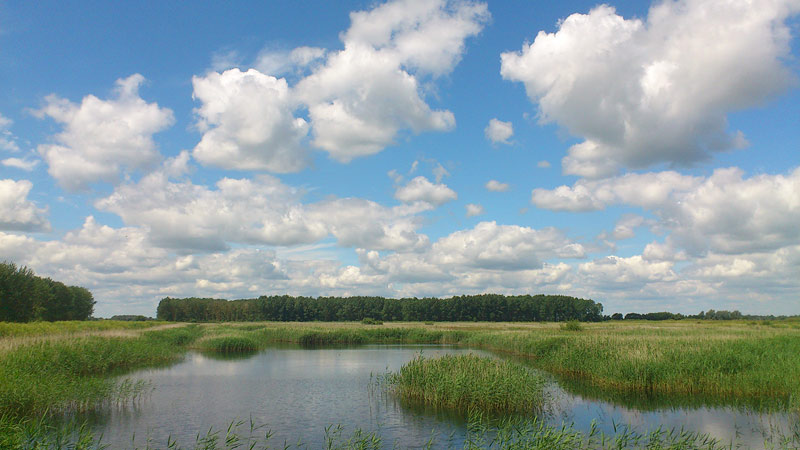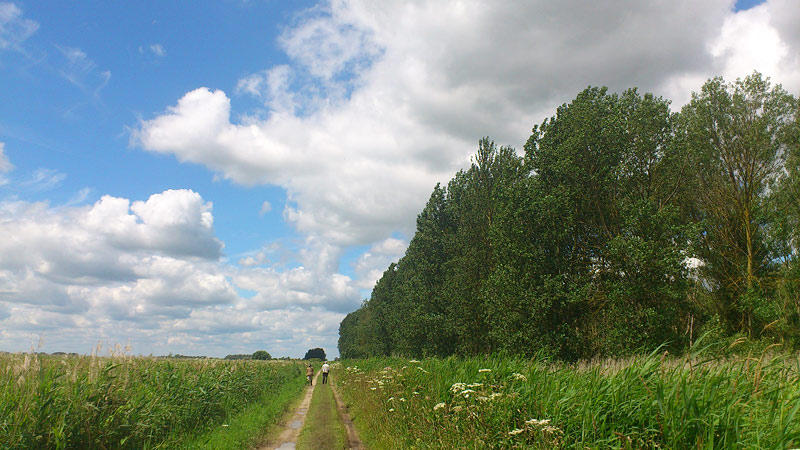July 2012
21st. For the past 3 years we've spent 2 weeks of the summer in St Ives, and this year we stayed again in an old fishermans' cottage in Downalong. A few changes since last year - the fishmonger shop has gone, and the best smoothies in town are no longer, but we still had a great time and some excellent weather. I managed some seawatching from the Island, and saw up to 3 Mediterranean gulls, a Sandwich tern, kittiwakes, 3 Arctic skuas (2 on 27th, 1 on 2 August), 1 adult pomarine skua (1 August), 2 storm petrels, and a sooty shearwater sat on the sea (31st). I spent a long time looking for Balearic shearwaters (usually the ratio is about 1:1000 manxies at this time of year), and saw singles close in on 25th and on 2 August. I saw my first-ever Cornish choughs on 30th with 4 birds along the coast path between Zennor and St Ives - from the limited colour-ring information I was able to provide the RSPB reckons they were a family group with young fledged from Porthgwarra earlier in the year.
I also saw an ocean sunfish (27th) and a family group of 4 bottlenose dolphins swam close to the shore on 25th, giving some people excellent views from boats.
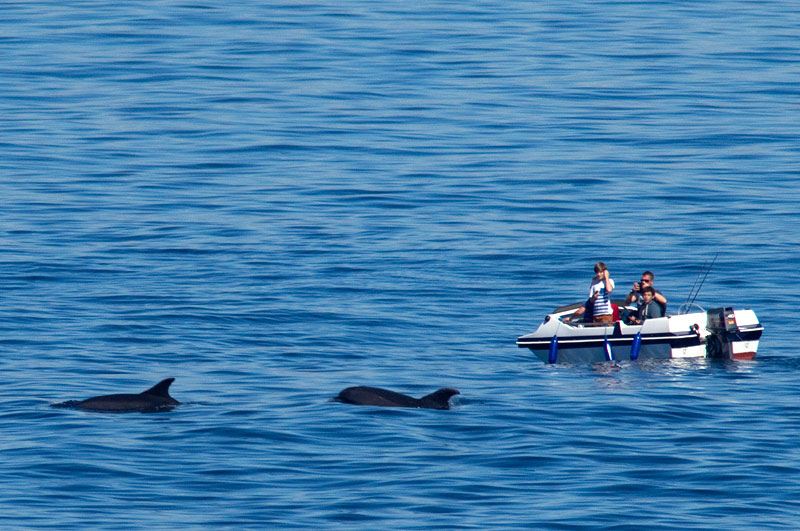
About 4 grey seals now frequent Smeaton's Pier at high tide, and give even better views on the crabbing jetty at low tide, where they can be hand-fed.
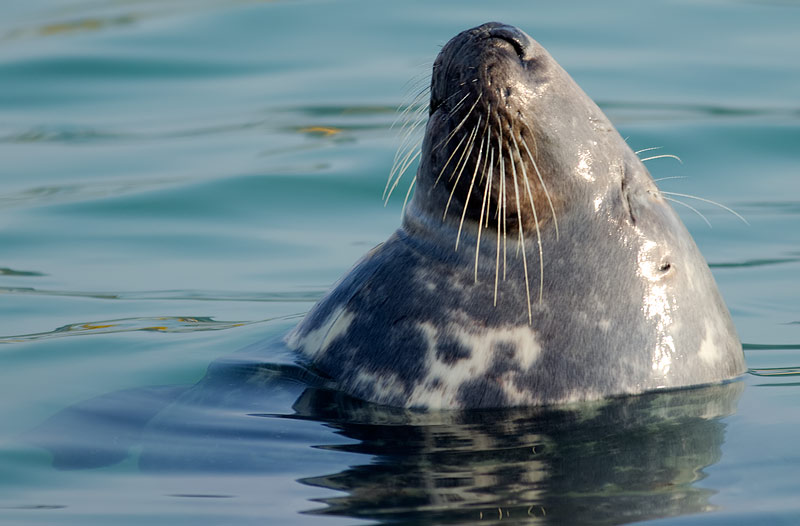
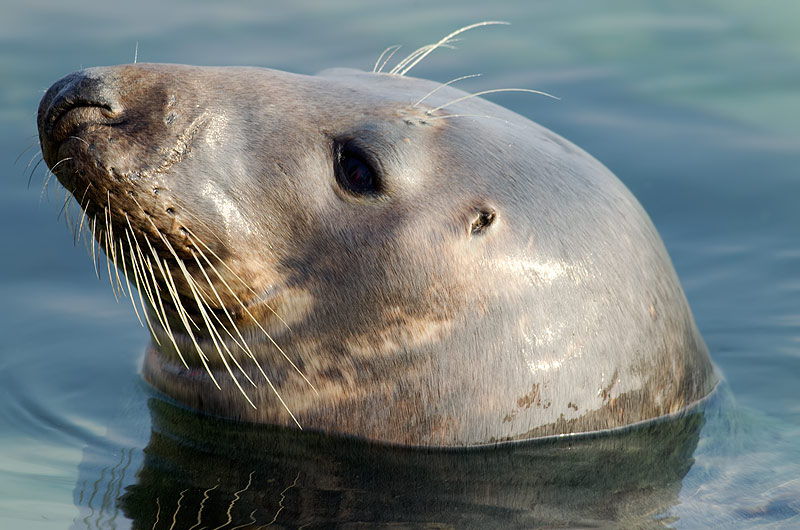
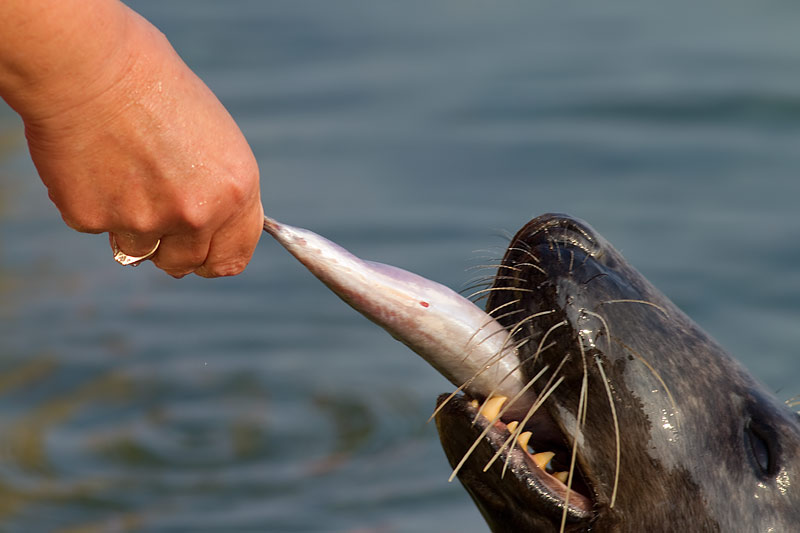
This moulting adult Mediterranean gull gave great views around Smeaton's Pier.
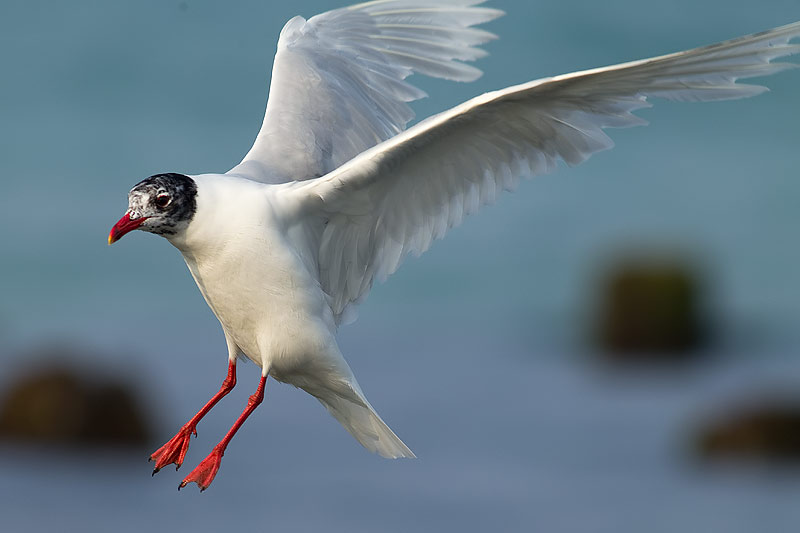
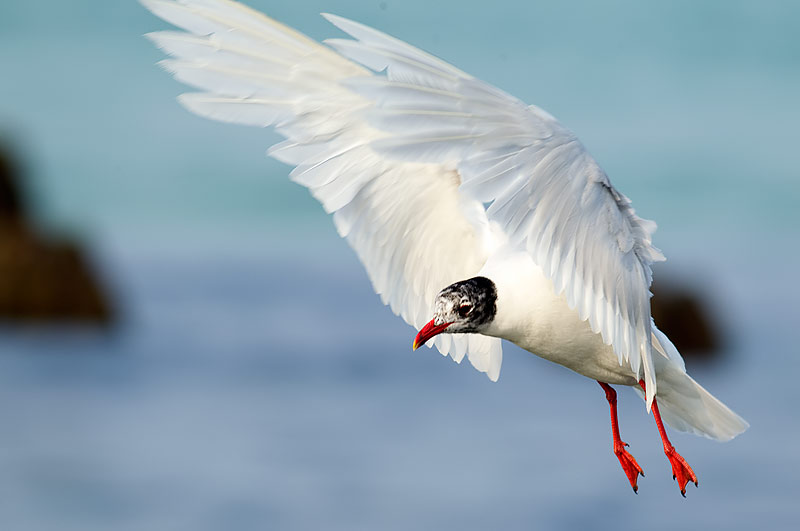
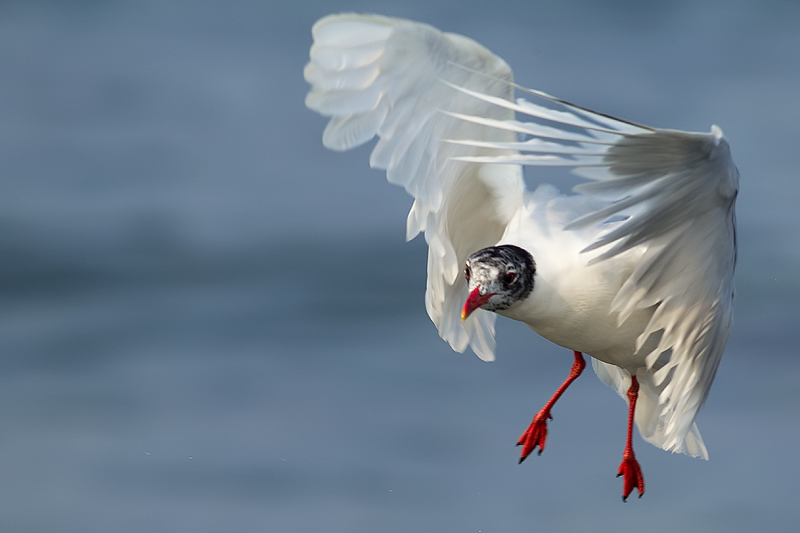
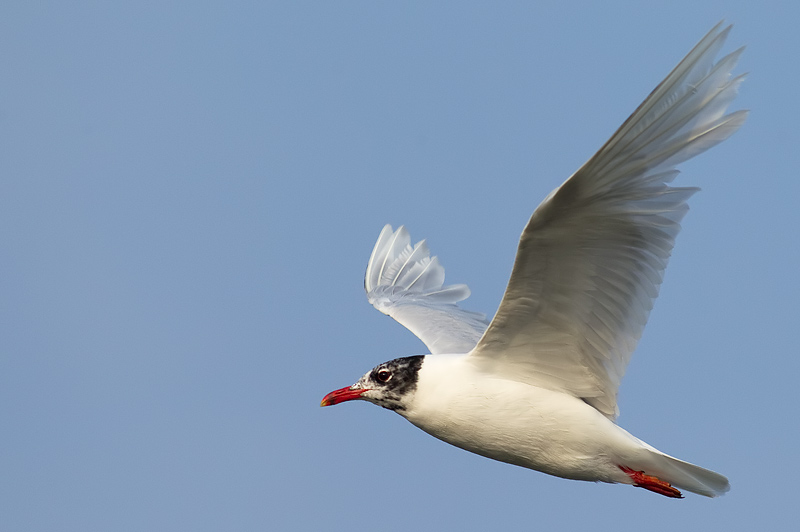
Comparison shots of Mediterranean and black-headed gull adults in flight.
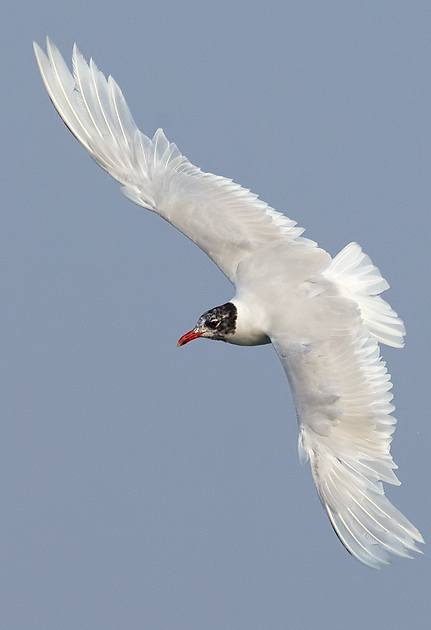
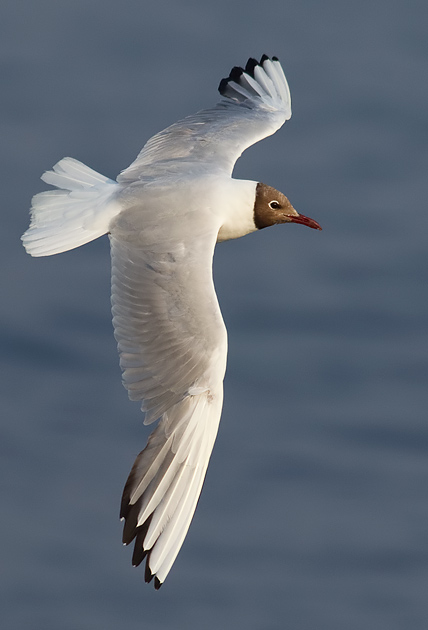
13th. Back to Bristol to enjoy some Luwak coffee that my PhD student Agata brough back from Indonesia - the beans pass through the guts of wild palm civets whose digestive enzymes break down proteins in the coffee beans producing shorter amino acids that give the coffee its unique flavour.
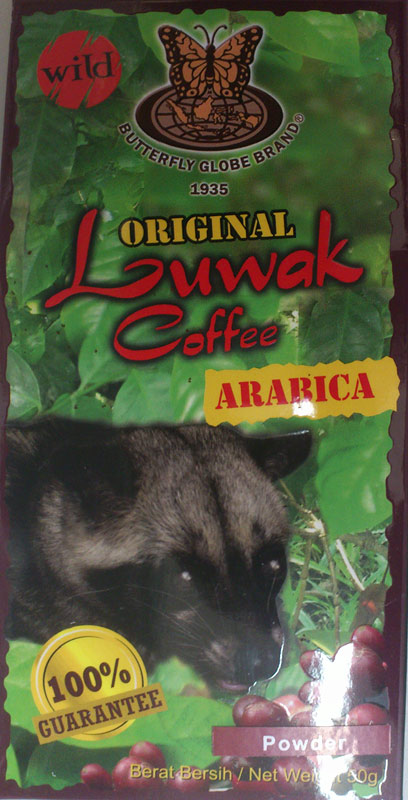

On 11th and 12th I was in Norfolk to visit my research team who are working on bats in churches, and to attend a Natural England workshop about dealing with some of the impacts of bats roosting in churches. The church below is All Saints at Toftrees, which has a Norman font in it. The (much more recent) dove on top of the font is covered to prevent it from getting covered in bat droppings, and looks interesting when backlit through the cover. The church is little used now, and the pews are also covered. Many of these Norfolk churches contain colonies of Natterer's bats that are probably important in a European context, so they present a major challenge for resolving conflict between bat and church conservation. The bats themselves appear to be having a dreadful year - we found at least 7 infants on the floor on one day, many of which were furred but about half the size expected for their developmental stage.
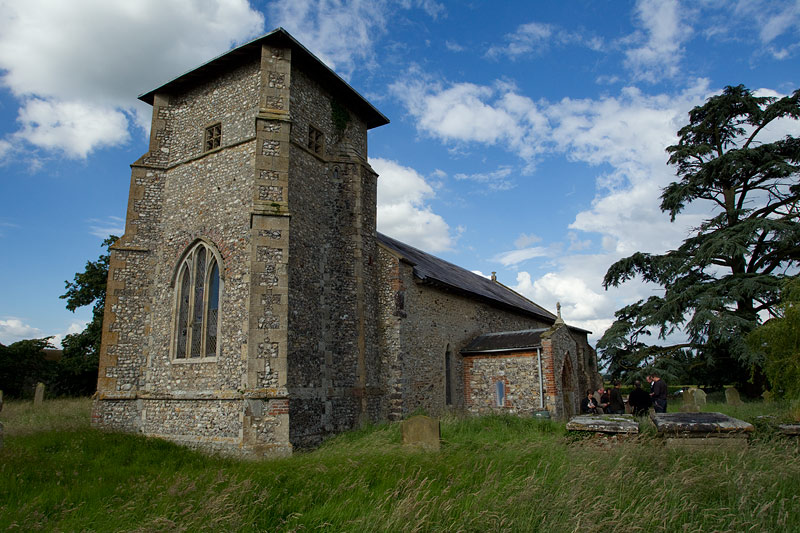
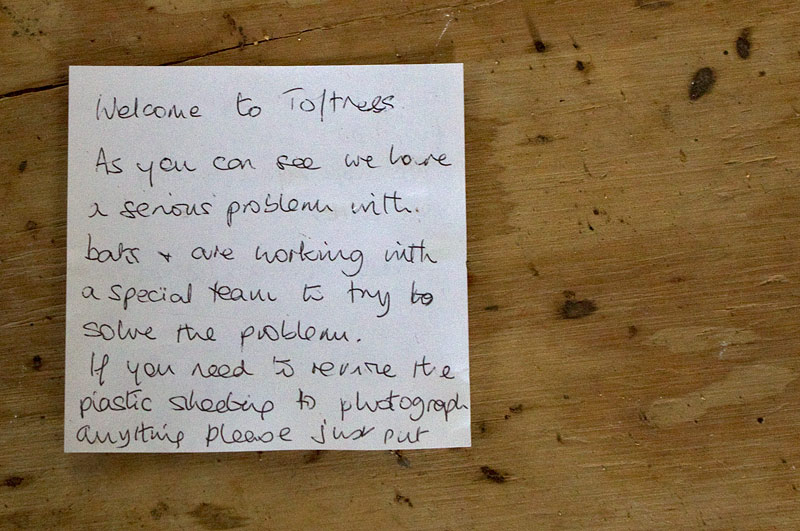
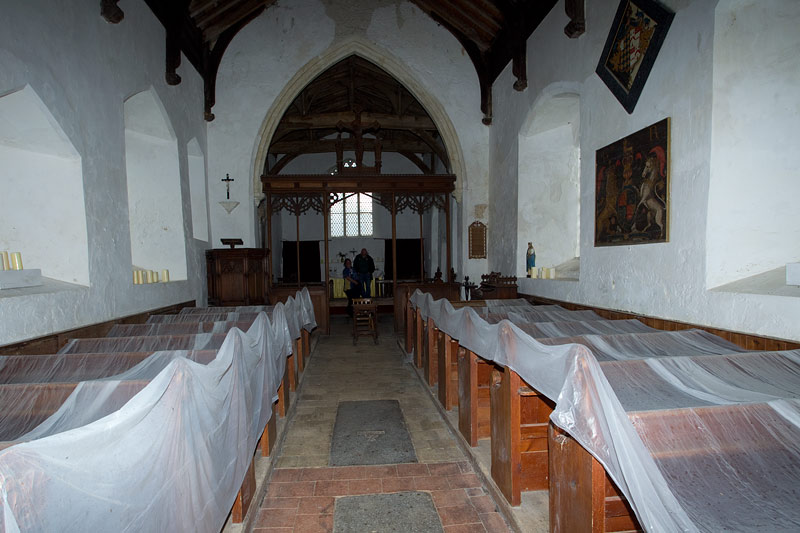
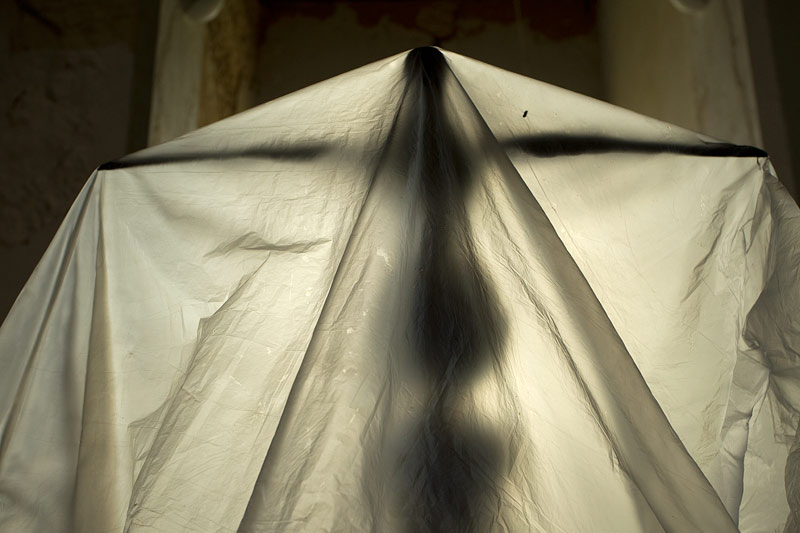
I visited Lakenheath Fen en route, seeing marsh harriers, a barn owl, a singing cuckoo, common terns, bearded tits and a bittern. I missed the golden orioles by a few days - they were still showing and singing 3 days before my visit. At Weeting Heath I saw 6 stone curlews, and again these have had a poor season with only one youngster raised at the site. I had great views of a muntjac feeding alongside the road between Brandon and Swaffham, and saw lots of brown hares. I enjoyed the East Anglian sunshine and skyscapes at Lakenheath Fen as the next front rolled into the west country.
